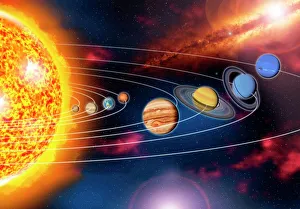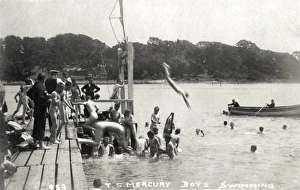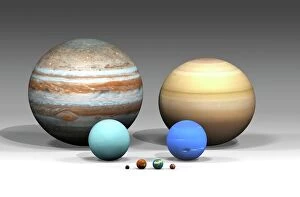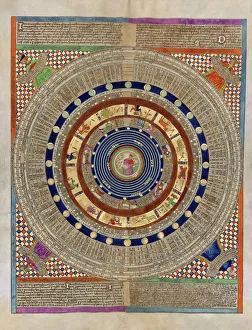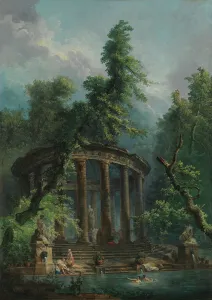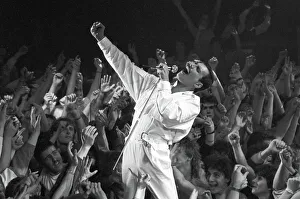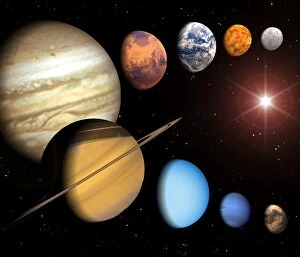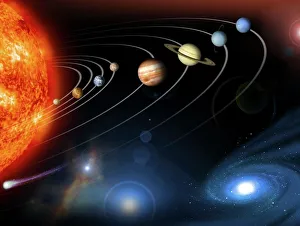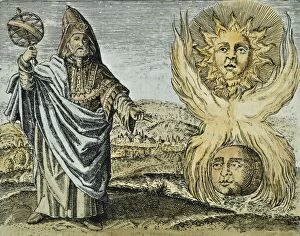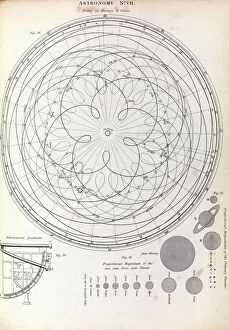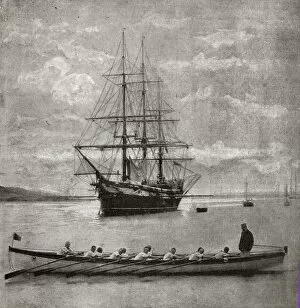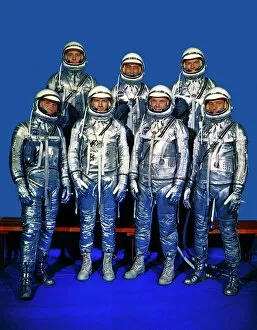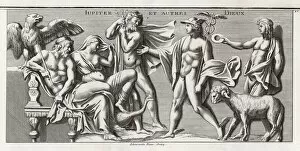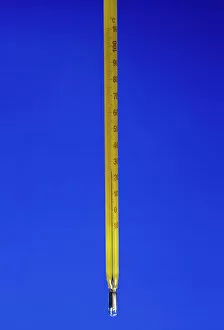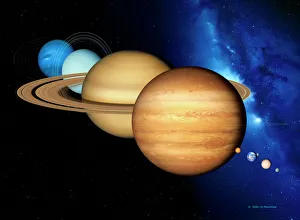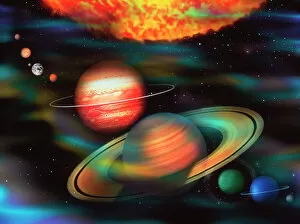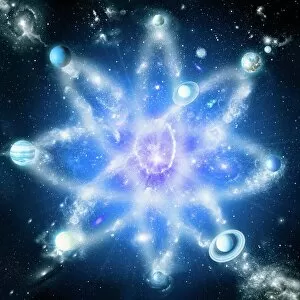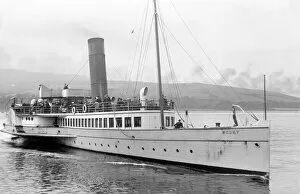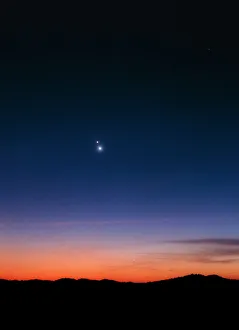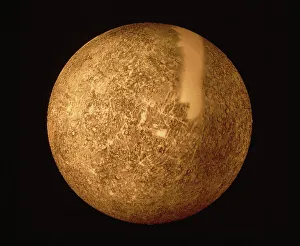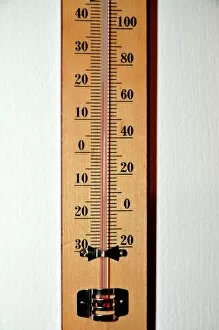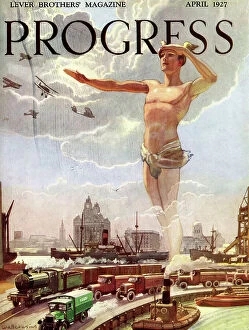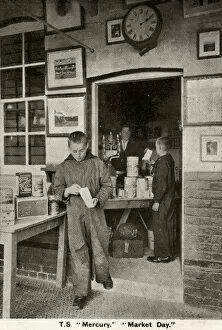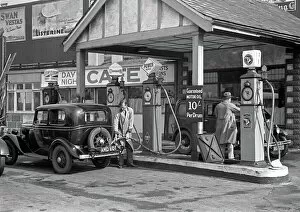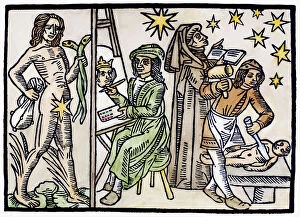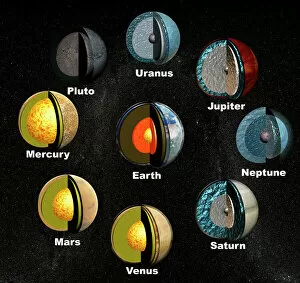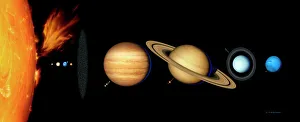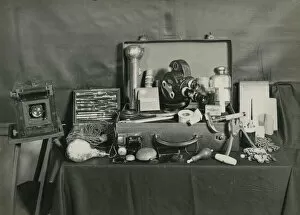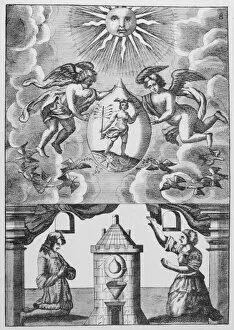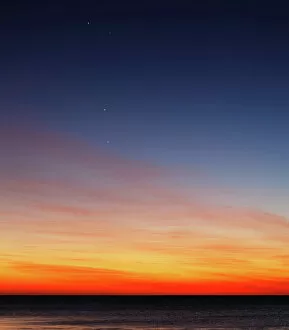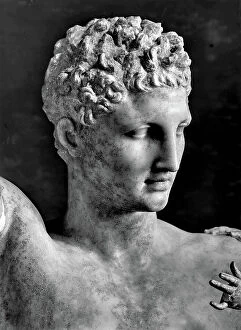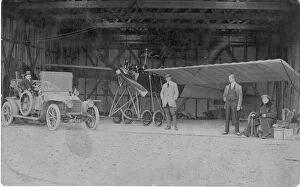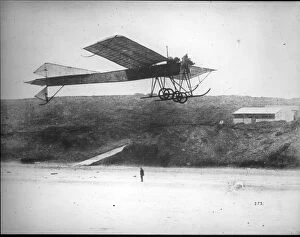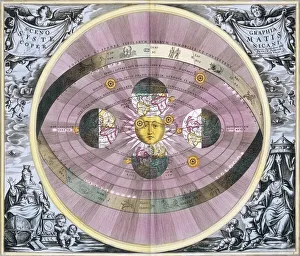Mercury Collection
"Unveiling the Mysteries of Mercury: From Palmistry to Space Exploration" Discover the enigmatic world of Mercury
All Professionally Made to Order for Quick Shipping
"Unveiling the Mysteries of Mercury: From Palmistry to Space Exploration" Discover the enigmatic world of Mercury, as we embark on a captivating journey through time and space. In ancient times, palmistry maps of the hand hinted at the significance of this celestial body. Its influence was also depicted in the Catalan Atlas from the 14th century, where its position among other planets revealed its importance in our cosmic tapestry. Artworks depicting our solar system showcase Mercury's unique charm. As we gaze upon these masterpieces, we marvel at its proximity to the sun and its role as one of our neighboring planets. Comparing sizes with other celestial bodies within our solar system, it becomes evident that Mercury is petite yet powerful. Like an emerald tablet inscribed with hidden wisdom, this small planet holds secrets waiting to be unraveled. Sandro Botticelli's masterpiece "Primavera" transports us back in time, reminding us that even Renaissance artists were captivated by Mercury's allure. The vibrant colors and intricate details reflect their fascination with this elusive planet. Moving beyond art into reality, let us not forget iconic symbols like the 1957 red and black Mercury Monterey Sedan. This classic car embodies both elegance and strength – qualities reminiscent of our planetary namesake. Diving deeper into scientific exploration, Project Mercury 7 marked a pivotal moment for humanity as seven brave astronauts embarked on historic missions to conquer space travel. Their courage paved the way for future discoveries about our universe. Epicycles drawn by astronomers in 1823 further shed light on how scientists attempted to understand Mercury's complex orbit around the sun – a testament to human curiosity and determination. As we conclude this journey through various depictions across history and culture, let us immerse ourselves in Hubert Robert's painting "The Bathing Pool. " Here lies a subtle reminder that amidst all knowledge-seeking endeavors lies nature’s tranquility, reminding us to appreciate the wonders of our solar system.


